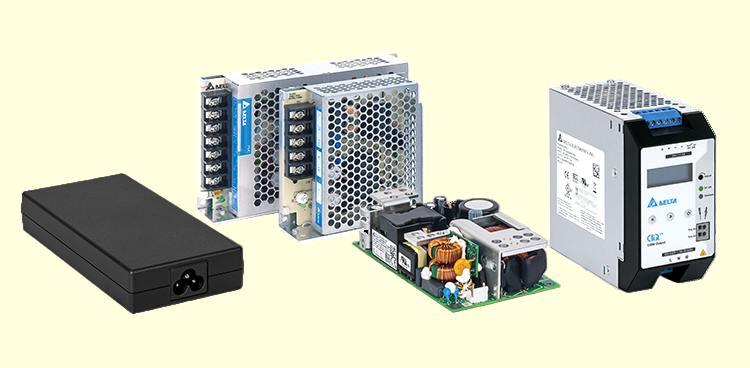In healthcare, a reliable power supply is extremely important. Medical devices require power systems that meet stringent standards to ensure they operate safely and efficiently, especially in life-saving situations. Whether it is powering a patient monitor or a ventilator, the power supply must be functional. Here are 10 key things to keep in mind when choosing a medical-grade power supply.
1. Meets Safety Standards
The most important factor for any medical-grade power supply is meeting international safety standards. The IEC 60601 standards are the main guidelines, with IEC 60601-1 focusing on general safety for medical equipment and IEC 60601-1-2 dealing with electromagnetic interference. These regulations must be followed to ensure that medical power supplies are safe for both patients and healthcare workers.
2. Low Leakage Current
Leakage current is the small amount of electrical current that can inadvertently leak. In medical devices, this must be extremely low to prevent the risk of electric shock, especially in devices exposed to patients. For medical devices, leakage current should be kept below 100 microamps to avoid endangering patients, especially in life support systems.
3. Good Isolation and Insulation
Medical-grade power supplies must have strong isolation and insulation to protect patients and healthcare providers from electrical shock. Isolation isolates the part of the device that touches the patient from electrical power. Medical devices need to have two levels of security – one for the patient and one for the operator. High isolation levels (typically over 4,000V) help keep medical devices safe to use.
4. Electromagnetic Compatibility (EMC)
Medical devices often operate near other sensitive devices, so they need to be designed to avoid causing or being affected by electromagnetic interference (EMI). If the power supply causes excessive interference, it may disrupt the operation of nearby devices. Medical power supplies must meet certain requirements to limit EMI and ensure that all devices function properly without interference.
5. Consistent Output Voltage
Medical devices require a stable and reliable power supply. This means that the voltage coming from the power supply should be constant and should not fluctuate. Medical-grade power supplies are designed to keep the voltage output consistent, which is important to ensure that the device works accurately, especially in equipment such as monitors or diagnostic machines.
6. Energy Efficiency and Low Heat
Energy-efficient power supplies help reduce power consumption and generate less heat. This is especially important for medical devices, as lower heat means the device can last longer without overheating. Medical-grade power supplies typically aim for efficiency levels of 90% or higher, which also helps reduce their size, making them suitable for small or portable medical devices.
7. Reliability and Longevity
Medical devices cannot have an unreliable power supply. If the power supply fails, it can endanger the lives of patients. That’s why medical-grade power supplies are built for reliability. They come with safeguards like overcurrent safeguards and redundancy features to ensure they don’t fail easily. A high mean time between failure (MTBF) rating ensures that the power supply will last longer and require less maintenance.
8. Minimum Noise
Both electrical and auditory noise can interfere with the operation of medical devices. Electrical noise can disrupt how a device works, while auditory noise can be annoying in quiet healthcare settings. Medical power supplies are designed to operate quietly and with minimal interference, ensuring that they do not affect the performance of sensitive medical equipment or generate unnecessary noise in patient areas.
9. Compact Design
Space is often limited in medical devices, so compact power supplies are very valuable. A small power supply makes it easy to fit inside medical equipment without affecting performance. Compact design is especially important for portable or wearable medical devices that require user comfort and mobility.
10. Regulatory Certificates
Medical-grade power supplies must be certified by regulatory bodies such as FDA, CE, and UL. These certificates show that the product has been tested and meets all the necessary medical and safety standards. Without proper certifications, power supplies cannot legally be used in medical devices. Manufacturers need to ensure that their products are certified to ensure they are safe and reliable for medical use.
Further Reading: SMD vs Through-Hole: Difference Between SMD and Through-Hole Components
